5 Skin Types, Which One Do You Belong To?
Skin is the most superficial tissue of the human body and is the first impression on people. Knowing your skin type is the foundation of a healthy and radiant complexion. There are five main categories of skin type, each with distinct characteristics. By identifying your skin type, you can create a personalized skincare routine that effectively addresses concerns like dryness, excess oil, or irritation. This will not only improve the overall look and feel of your skin but also help protect it from future damage. Check which skin type you have now!
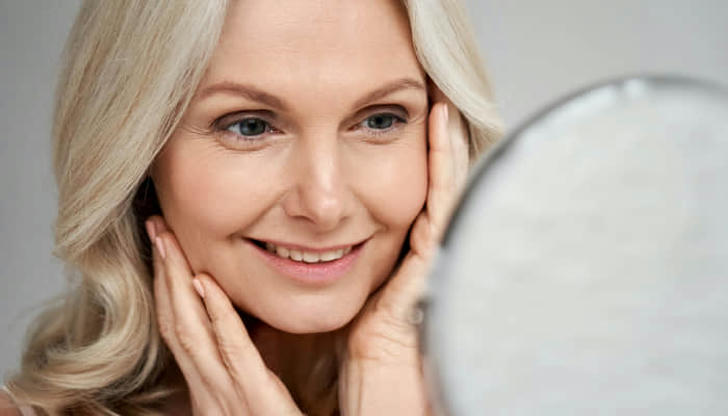
Normal Skin
It is the most ideal skin. It is common in teenagers between the ages of 15 to 16. This is what frozen age or reverse age refers to. Skin oil secretion is normal and skin dryness is moderate.
• Manifestation: This skin type boasts a healthy flush with a radiant sheen. It’s naturally lubricated without feeling greasy and maintains a smooth, touchable texture. The skin retains its elasticity, allowing it to bounce back easily. Sebum and sweat production is balanced, keeping the complexion comfortable throughout the seasons. This resilient skin tolerates a wide range of products and environmental changes without irritation.
• Skincare Focus: Normal skin is the most ideal skin condition. No special care is required cause basic moisturizing is sufficient. However, normal skin is easily affected by the seasons. It is oily in summer and dry in winter, so you should choose products that moisturize or inhibit oil according to the season.
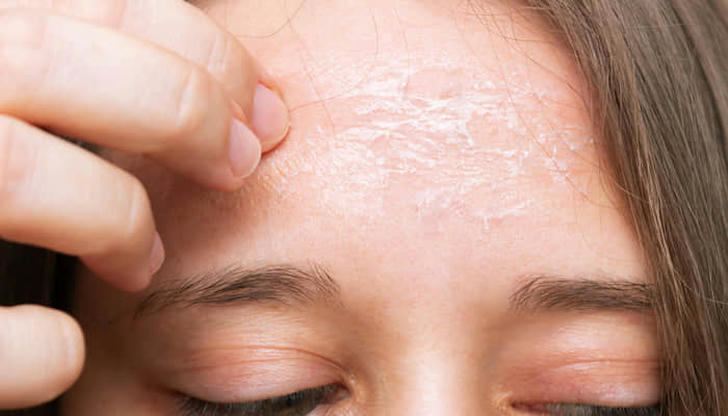
Dry Skin
As the name suggests, dry skin is a very common skin condition that arises when your skin loses too much moisture. This lack of hydration makes the skin feel rough and itchy, often with visible signs of flaking or scaling. While dry skin can affect anyone, it’s particularly common with age and during colder, drier seasons.
• Manifestation: Dry skin often lacks a healthy luster and feels tight, especially after cleansing. The texture can be dry and rough, with a noticeable lack of softness and elasticity. Pores tend to be small, and the skin itself can appear thin and wrinkled. Dryness also makes it more prone to develop issues like fine lines, peeling, and even darker spots.
• Skincare Focus: Dry skin generally results in less sebum secretion, a thin sebum film, and low water-locking ability. Therefore, you should choose a moisturizing lotion to lock in moisture and prevent nutrients from being lost.
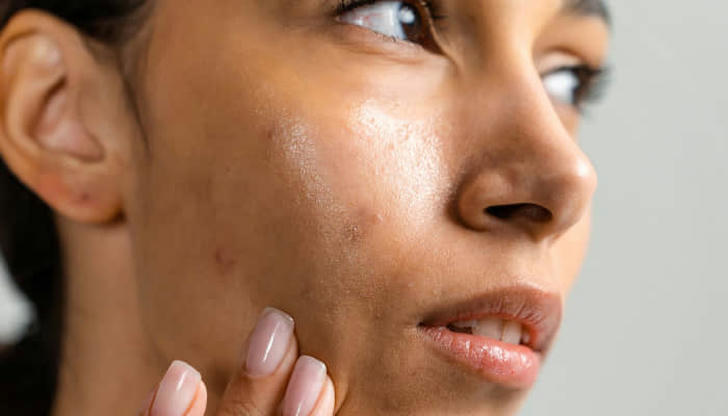
Oily Skin
Oily skin is caused by an overproduction of sebum, a natural oil produced by your skin’s sebaceous glands. Sebum helps keep your skin hydrated and protected, but too much of it can lead to a shiny, greasy appearance and clogged pores. People with oily skin are also more prone to breakouts like pimples.
• Manifestation: Oily skin is characterized by a shiny appearance, enlarged pores, and a rough texture that resembles an orange peel. This is due to excess sebum production, which can clog pores with dead skin cells (cutin). These clogged pores create a breeding ground for bacteria, leading to issues like acne and seborrheic dermatitis. However, on the upside, oily skin tends to be more elastic and wrinkle-resistant.
• Skincare Focus: More oil on the skin is actually caused by an imbalance of water and oil. Therefore, in addition to daily cleansing, attention should be paid to regulating the imbalance of water and oil, fully hydrating, and moisturizing.
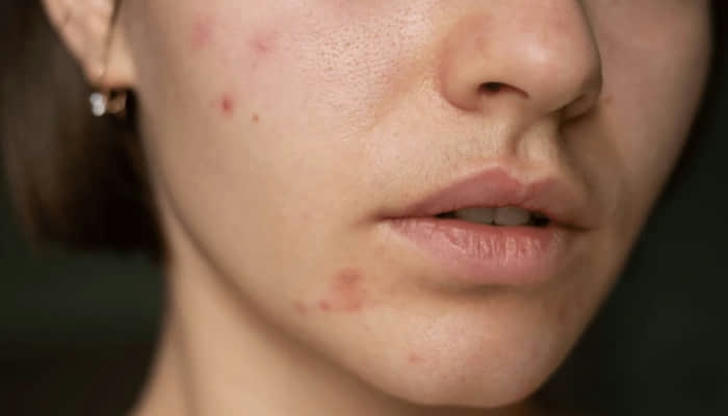
Combination Skin
Combination skin: Some areas have dry skin and some areas have oily skin. Specifically, the T-shaped area of the face secretes too much oil, so it is oily skin, while the rest of the face lacks moisture and is too dry, which is dry skin. To be more specific, the T-zone of the face (forehead, nose, chin, and around the mouth) is oily, while the eyes and cheeks are dry.
• Manifestation: Combination skin is a prevalent concern, particularly for women between 25 and 35. This skin type presents a unique challenge–the T-zone (forehead, nose, chin, and around the mouth) becomes oily, sometimes leading to enlarged pores, blackheads, and even acne breakouts. In contrast, the cheeks experience dryness, dehydration, and the development of fine lines and wrinkles.
• Skincare Focus: For the T-zone that secretes more oil, in addition to regular deep cleaning, you should also pay attention to hydrating and moisturizing (refer to oily skin). For other parts, pay attention to maintaining a balance of water and oil (refer to normal skin).
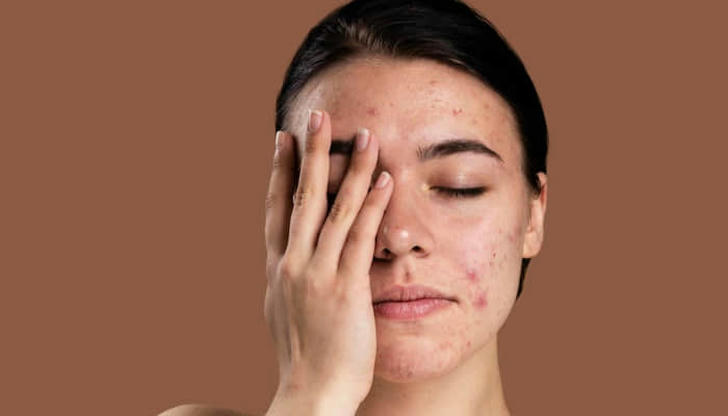
Sensitive Skin
Sensitive skin refers to skin that’s more reactive than usual. Unlike normal skin types, it’s prone to irritation, redness, and discomfort when exposed to certain triggers. These triggers can be external factors like harsh products or weather, or even internal ones like stress or hormones.
• Manifestation: Sensitive skin often appears thin and delicate. It’s more susceptible to allergies and easily develops visible red streaks across the face due to dilated capillaries. Even minor temperature fluctuations, hot or cold, can trigger flushing and redness. This heightened reactivity makes sensitive skin prone to a combination of redness, swelling, and itching when irritated.
• Skincare Focus: Prioritize anti-allergic repair and hydration when choosing skincare products. Try to choose skin care products with mild formulas. When choosing skin care products, test them behind your ears, inside your wrists, etc. to make sure there are no allergies before using them.
